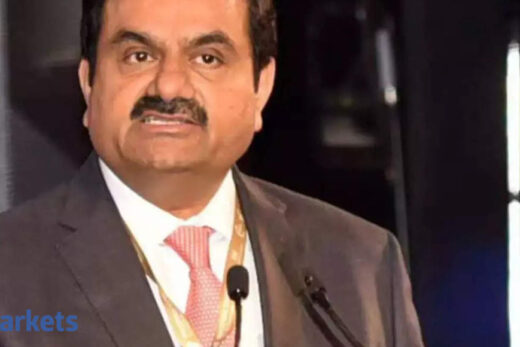It has historically delivered positive long-term returns and also worked well in improving a portfolio’s risk-adjusted-performance.
Further, it is also considered a good hedge against inflation, systemic risk, and currency depreciation. From a portfolio perspective, gold can add value in two major ways:
Enhance long-term returns
Gold has always held a safe-haven appeal to investors as it provides a level of certainty to the portfolio during periods of heightened uncertainty that stems from economic, political, or any other kind of turmoil.
The good thing about gold is that historically it has not only provided portfolio stability but also generated positive returns over long periods of time. It has been a resilient ally in good and bad times. Some of the factors that make gold a resilient asset include the fact that it has diverse sources of demand. Gold is treated as an investment, a reserve asset, an adornment, and also a technology component.
Due to this, the demand for gold has been fairly stable over the years. Further, gold is also highly liquid, carries no credit risk, and has a scarcity premium. Gold’s long-term return has been at par or better than many of the often invested asset classes.
Portfolio diversification to mitigate loss
Equity is considered a long-term vehicle of wealth generation and as such forms an integral part of an individual investor’s portfolio. It is equally well-known that the path to wealth creation is to build a diversified investment portfolio that is spread across multiple asset classes.
Bonds provide stability and downside protection while equity gives portfolio returns a fillip over the long-term. However, historically it has been observed that there have been periods of economic turmoil when almost all asset classes with the exception of gold have generated negative returns.
A classic example is the 2008 global financial crisis when almost all asset classes ranging from stocks to hedge funds, real estates and most commodities, went into a freefall. However, gold prices held steadfast in the midst of this turmoil and in fact, generated positive returns during the period December 2007 to February 2009. This attests to gold’s value as a classic portfolio diversifier.
How to invest in gold?
As an Indian investor, you can choose to gain exposure to gold through multiple types of gold investment products. Among all the options available, the option which is most liquid and comes across as a compelling investment choice is Gold ETFs.
A Gold ETF is an exchange-traded fund (ETF) that aims to track the price of domestic physical gold. Buying gold ETFs means an investor is purchasing gold in an electronic form which is parked in a demat account. Every unit of Gold ETF is backed by physical gold of very high purity. One can buy and sell gold ETFs just as you would trade in stocks. Just like a stock of any company, Gold ETF are listed and traded on the stock exchanges and can be bought and sold continuously at market prices. Hence, Gold ETF combines the flexibility of stock investment and the simplicity of gold investments.
Gold ETF has much lower expenses as compared to physical gold investments as there are no making charges associated. As a result, Gold ETF is best used as a tool to benefit from the price of gold rather than to get access to physical gold i.e. investors can reap the benefits of investing in gold without having to actually buy the physical asset.
When investing through Gold ETFs, an investor has the option to invest at regular intervals through systematic investment plans (SIPs) or opt for lump sum investment. While at it, one need not worry about matters such as purity of gold, storage hassles, etc.
So, this Diwali, add a sparkle to your investment portfolio by choosing to invest in a gold ETF.
(The author is Head- Product Development & Strategy, ICICI Prudential AMC.)



